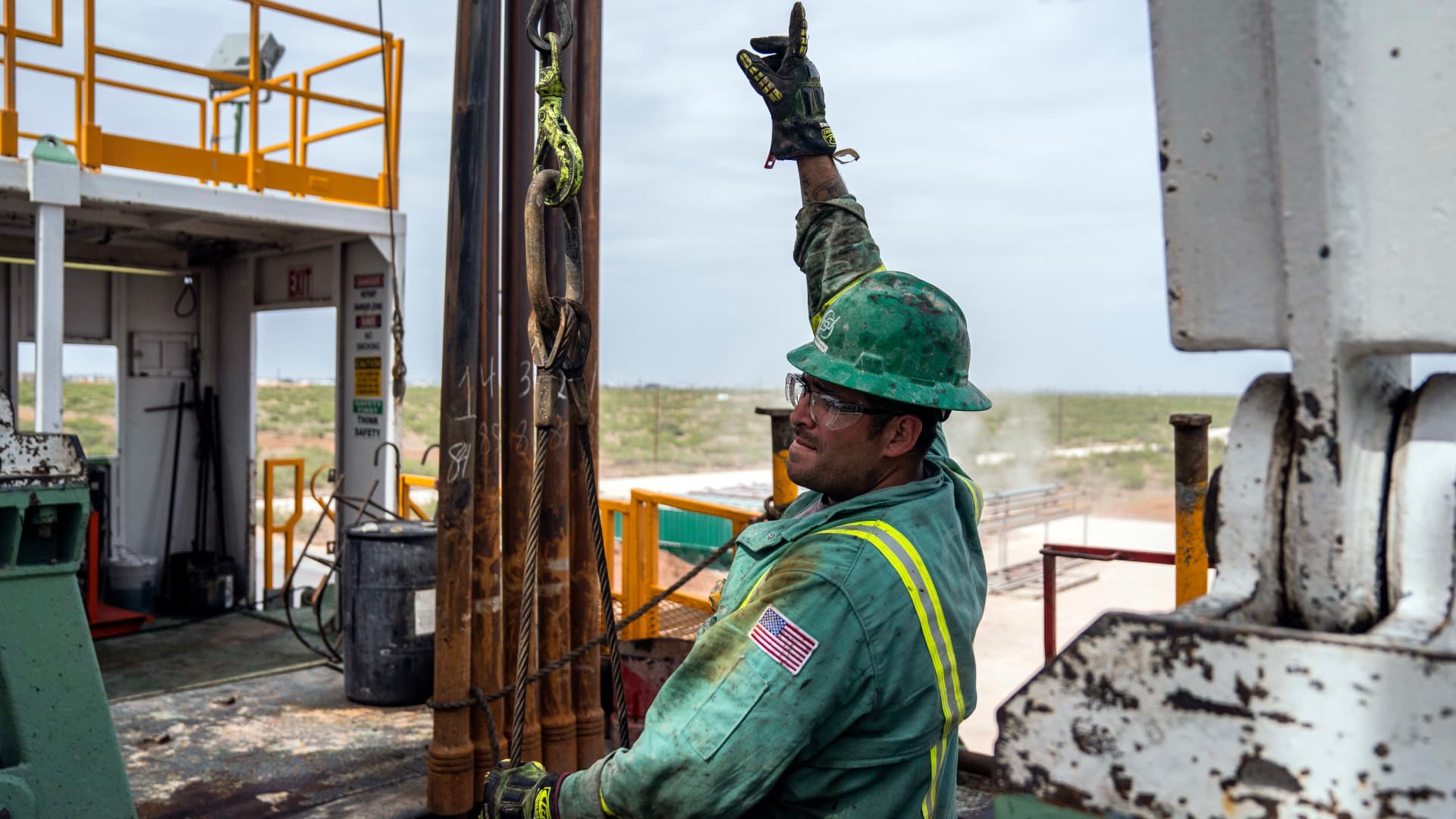Calling All Gasoline Super Users: Switch To EVs & Save $$


Sign up for daily news updates from CleanTechnica on email. Or follow us on Google News!
What will it take to cut vehicle emissions more quickly, efficiently, and equitably? Could it be to prioritize the light duty vehicle drivers in the top 10% for gasoline use, aka Super Users, and persuade them to switch to EVs?
The newest Coltura report argues that applying new gasoline consumption data can lift the most gasoline-burdened US drivers and cut gasoline use faster and more efficiently.
In order to ensure that the positive economic and environmental impacts of EVs are maximized, the Coltura authors argue that it is critical to understand at a granular level the who, what, where, and why of gasoline use in the US. Putting a premium on programs to help the most gasoline-burdened drivers switch to EVs, they say, will save those drivers more money and avoid more pollution — while also optimizing the impact of public and private investments in cleaner transportation.
Coltura is an environmental nonprofit group located in Seattle. Their recent analysis indicates that, if gasoline Super Users switched to EVs, a major reduction in transportation emissions would result.
Understanding More about Gasoline Super Users
To start, what do we already know about gasoline consumption?
- The US burns 370 million gallons of gasoline every day.
- The US consumption of gasoline is 3 times more than China and far more than any other country.
- Gasoline use causes one-sixth of US carbon emissions.
- Gasoline burdens US households to the tune of more than $450 billion a year.
- We need to cut gasoline consumption significantly if we are to meet target climate goals.
“If we want electric vehicles to have the greatest impact, we need to get the highest mileage drivers behind the wheel,” John Helveston, an assistant professor of engineering at The George Washington University, told the New York Times.
Who are the gasoline Super Users?
- They are drivers in the top 10% in terms of their gasoline consumption.
- Super Users drive drive an average of 116 miles per weekday or about 40,200 miles per year.
- They account for roughly one-third of the nation’s gasoline use — about 35% of all gasoline used in private light-duty vehicles among 21 million US drivers.
- They individually spend on average 10% of their household income (on average $530 per month) to purchase gasoline.
- These drivers are more likely to live in rural areas and small towns and own vehicles that are larger and less fuel efficient.
- Many Super Users fall into the low or middle income range, some of whom have been driven from cities due to swiftly rising housing prices. Now they have no choice but to endure long commutes.
- While these Superusers make up just 0.24% of the world’s population, they use 10.4% of the world’s gasoline – nearly as much as all of China.
- These Super Users consume more gasoline each year in Brazil, Canada, and Russia combined.
What recommendations do the Coltura authors have to smooth Super Users’ switch to EVs? They look to governments to:
- make gasoline reduction a central goal and metric of policymaking;
- pivot away from inefficient one-size-fits-all EV policies to data-driven decision-making;
- prioritize the switch of the biggest gasoline users to EVs;
- maximize the vehicle emissions and air pollution avoided per EV;
- bring financial relief to the drivers who spend the biggest share of income on gasoline;
- spur utilities to prepare for the added electric demand required by the conversion of the biggest gasoline users to EVs; and,
- divert cash flow away from oil companies and toward EVs and cleaner energy.
States might have to experiment with different policies to help high mileage drivers go electric, said Janelle London, co-executive director of Coltura. But as a starting point, the group recommends that states set targets for reducing gasoline consumption so that they can better track whether their efforts are working.
“States have usually focused on the number of electric cars sold as a metric of success,” London said. “But the health and economic and climate benefits come from reducing gasoline use. That’s what we should be focused on.”
Some state governments are listening.
A Case Study: Maryland’s Proposal to Encourage High Mileage Drivers to Choose EVs
The state of Maryland is proposing an EV rebate worth up to $5,000 for people who drive long distances. The program would require applicants to trade in their older cars and show that they previously had used at least 800 gallons of gasoline per year.
Superusers in Maryland consume approximately two or more times the amount of motor fuel used by average drivers and tend to drive long distances for work. The Super User bonus program would provide incentives for Marylanders, including individuals and businesses/tax-exempt organizations located in Maryland, that commute the farthest and consume much more than the average amount of fuel for drivers in the state. Helping super users, the state says, who represent roughly 10% of Maryland drivers, switch from internal combustion vehicles to EVs would reduce on-road gasoline emissions by 30% or more.
Here are some specifics of the proposal Maryland EV rebate program.
Incentive: New EV = $5,000 point-of-sale bonus rebate (up to $15,000 fed + state + bonus). Used EV = $3,000 point-of-sale bonus rebate (up to $8,000 fed + state + bonus).
Eligibility/Limits: Same as federal (if buyers qualify for federal, then they qualify for state).
Implementation: An applicant would demonstrate with a CARFAX report that they use at least 800 gallons of fuel annually based on the average miles driven over their ownership of the trade-in vehicle. This would be multiplied by the fuel efficiency (miles per gallon) of the trade-in vehicle. The state would scrap trade-in vehicles that get less than 30 miles per gallon. The state would provide trade-in vehicles that get at least 30 miles per gallon and pass Maryland vehicle safety inspection with no/minor repair work to low-income families in need.
This and other policy changes are modeled to reduce transportation sector GHG emissions by 88.1 MMTCO2e between now and 2050. The state of Maryland determines that the societal benefit of this level of emissions reduction is estimated to be $20 billion.
The Coltura report was compiled by analyzing GPS data from millions of vehicles and Census Bureau surveys. It builds on earlier reports the group has issued, including a detailed study of high mileage drivers in California. Their report illuminates for the first time the nationwide geographic, demographic, financial, and vehicular details of consumer gasoline use down to the census block group level.
Have a tip for CleanTechnica? Want to advertise? Want to suggest a guest for our CleanTech Talk podcast? Contact us here.
Our Latest EVObsession Video
I don’t like paywalls. You don’t like paywalls. Who likes paywalls? Here at CleanTechnica, we implemented a limited paywall for a while, but it always felt wrong — and it was always tough to decide what we should put behind there. In theory, your most exclusive and best content goes behind a paywall. But then fewer people read it!! So, we’ve decided to completely nix paywalls here at CleanTechnica. But…
Thank you!
CleanTechnica uses affiliate links. See our policy here.
This post has been syndicated from a third-party source. View the original article here.




